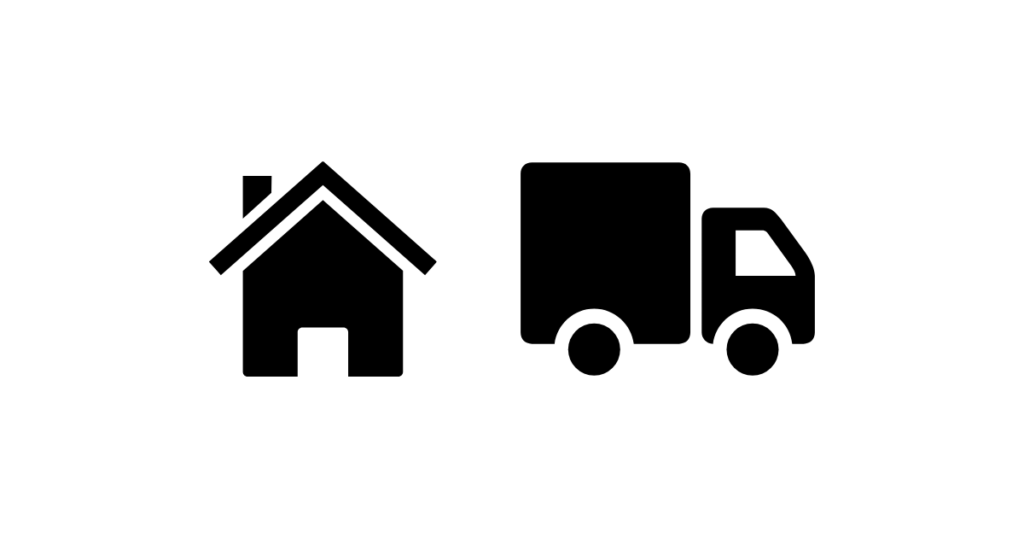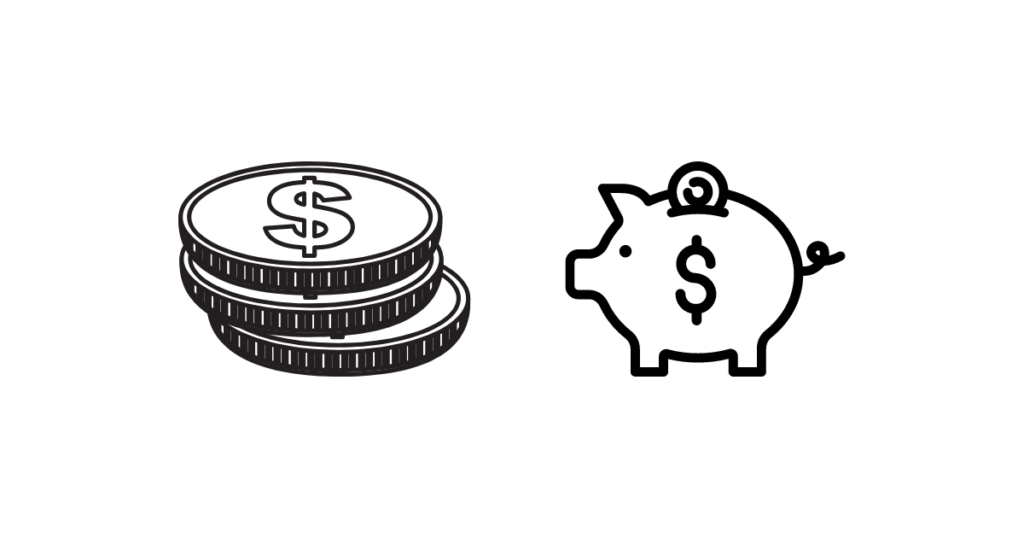What is an asset? The crossword clue says it is ‘something useful’, the Australian Accounting Standard defines it as ‘a resource that is controlled by an entity as a result of past events and from which future economic benefits are expected to flow to the entity’. Whatever your personal understanding, you most likely recognise that an asset is something of value to your business.
There are two main asset types to consider:
- Tangible – hard goods, property etc.
- Intangible – your people, goodwill, brand value
Each has a value and can be included on a balance sheet to determine the value of your business.
One of the key INTANGIBLE assets is your people and we will cover this in a later article because it is so important it deserves to be explored more in depth.
TANGIBLE ASSETS:
How do I value my tangible assets?
This may not be straightforward. Your accountant calculates depreciation on your assets annually, and the instant asset write-off scheme of 2020 means that you can claim the total value of assets purchased between 12 March and 31 December 2020 as a depreciation expense at the end of the financial year. Other temporary measures for accelerated depreciation or full expensing are also available for eligible businesses. Your accountant will advise the most appropriate depreciation pathway for your business.
Does this mean that depreciated assets aren’t worth anything, so aren’t really assets?
Absolutely not! Your 2014 work vehicle may be fully depreciated, but it is in excellent condition and used daily to help your business achieve its goals. Your 2016 computer still operates all the latest software and your business hinges on its performance, although its ‘book’ value is now $0. These items should be retained on your asset register, with their current value, until they are sold.
So, what is an asset and why are your assets classified into different groups on your balance sheet?
Simply put, a FIXED ASSET is a tangible asset that is used in your business and is not easily converted to cash e.g. buildings, vehicles, plant and equipment. It has an economic life of longer than one year.

A CURRENT ASSET is considered to be cash or assets intended to be converted into cash within a one-year period, such as accounts receivable, stock inventory and pre-paid expenses.

‘Does this mean that once I have purchased an asset, it will produce economic benefits for my business?’
Not exactly. Most business require external FINANCING to help purchase major fixed assets. This financing comes with costs, e.g. borrowing charges, annual fees and interest. You expect that the economic benefit of the asset to your business will outweigh the demands on your cashflow, but this can be upended if the asset is out of use for an extended time, particularly if this is because of a breakdown that requires money for repairs.
Another factor to consider is the ongoing cost of operating and maintaining the asset. You may have been tempted to buy the new cheaper make of vehicle or machinery, only to find that the operating costs are much higher than the more expensive make, and this make is notoriously unreliable, with expensive parts and repairs.
The TOTAL COST of the asset considers the purchase price, finance costs, repairs and maintenance.
New, highly specialised equipment might mean that you need to TRAIN the operator – with training costs, possible travel and accommodation, and the opportunity cost of billable work not performed because of being without that staff member.
When you are thinking about putting money into a new asset, the Return on Investment (ROI) is a measure that can tell you if this is the best use of your business funds. To calculate this, you divide the profit from your investment by the cost of your investment.
As an example, if you are considering purchasing a new work vehicle, you calculate the TOTAL COST for the next five years (the ‘life’ of the asset on your books) by adding the purchase price, any financing costs and interest, repairs/maintenance, fuel, registration and insurance. You then estimate the expected return on using the vehicle from increased sales etc.
The percentage ROI = () x 100
can be compared with investing that money in e.g. machinery, shares etc.
By thinking about your assets as investments, you can objectively assess how useful they really are to your business performance.

